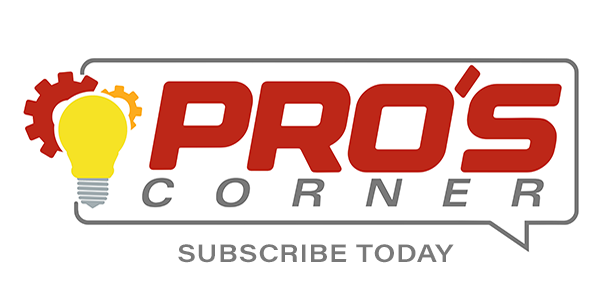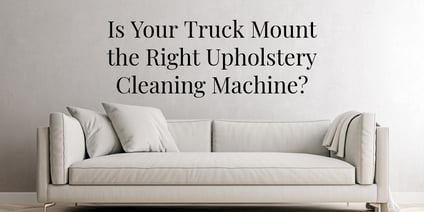If you found a great price on a wooden table for your dining room, ordered it, and then found out it was made from OSB (Oriented Strand Board) or particle board there is no doubt you would be upset. The seller might say, “But it is made from real wood,” but that would not make up for the deception.
The same thing happens when someone purchases “100% leather” furniture when it is really bicast (sometimes spelled bycast), bonded, or PU leather. What are these products and how do they differ from quality leather furniture?
Let’s begin by identifying the various types of leather that are accepted as real leather when used for furniture. Leather furniture can be made from a variety of different animal hides. However, it is usually made from cowhide.Full-grain leather
Refers to a hide, which has not been mechanically altered by buffing or embossing. The original marks and pattern on the animals skin are easily visible. This may include marks from insect bites, barbed wire, folds from loose skin, and more. These marks comprise the natural appearance of the leather. This is comparable to stone tiles; every leather skin is the same without any repeats.
Full-grain leather is the entire thickness of a hide, not a hide that has been split into layers. Full-grain leather can be lightly coated with a transparent protective finish. This does not change the appearance of the leather.
Aniline Leather
(Type “A” leather) may be lightly altered through buffing or sanding. This evens out the appearance and allows the hide to better absorb treatments. In addition to a light protective coating, it can also have a light pigment or dye applied. Transparent dyes allow the original appearance of the hide to show. Aniline may be full-grain or oftentimes it is the top split or layer of the hide— the outer layer with the natural appearance. Leather that includes this top layer is called top-grain leather.
Aniline has many of the characteristics people expect of leather. It is soft, supple, and breathable with a natural appearance.
Semi-Aniline Leather
May have additional buffing and a slightly heavier layer of dye and a protective coating. This coating is more durable and easier to clean. Semi-aniline leather is still soft but it loses some of its natural appearances and does not breathe as well.
Protected Leather
Also called pigmented leather or Type P is very durable. It is suitable for upholstery that gets heavy use and is used where food, beverages, and children are present. Protected leather undergoes more mechanical alteration to make the appearance more consistent. The leather consists of a split that includes the top grain with a heavy coating of opaque pigment that is applied. This hides the original markings and imperfections in the hide. If you see leather in colors that you know no cow ever wore, then it is likely protected leather. After the pigment has been applied, a thick protective coating (typically urethane) is applied.
Protected leather is very popular for its modest price, resistance to soil and stain, easy cleaning, and how well it stands up to heavy use. Pigmented leather makes up at least 80% of the leather used in furniture. The pigments and protection make it less flexible and less breathable than aniline leather. Nevertheless, it still retains much of the feel and even the smell of leather.
Bicast Leather
Begins as a thin inside layer or split. These inner layers are weaker and not as soft, supple, and breathable as top-grain. and are covered with a thick layer of urethane. It is then embossed with a pattern that looks like leather. The appearance is very even without natural markings of top grain or aniline leather. It does clean easily, as you would expect of urethane or plastic. This offers material that offers the look of leather at low cost and is right for some situations.
In many countries, bicast must be called bicast or terms like imitation leather or leatherette. *In the United States, it can be sold as “genuine leather” or “100% leather” although more reputable dealers will let you know it is bicast, especially if you ask.*
Peeling or separation of the urethane layer from the split leather layer is frequently reported, often after very limited use. Urethane will scratch or abrade more readily than aniline or protected leather. If you are cleaning bicast leather – BE CAREFUL! Bicast can rip or tear easily. It is not repairable.
Clean Bicast leather using the Hydro-Force Leather Cleaner products the same way one would clean protected or pigmented leather.
Bonded Leather
The legal definition of bonded leather requires that it be at least 17 percent leather, which leaves 83 percent that can be anything but leather. When cutting hides into the shape for seat cushions or whatever else, there will always be some scrap. You can visualize this if you think of cookie dough being cut with a cookie cutter. There are some small pieces of scrap dough around the edges. This scrap along with leather “sawdust” becomes the 17% that gets used for bonded leather.
The leather scraps are ground up, rolled out into a thin sheet, and attached to a layer of urethane material. Gaps filled with plastic-like resins are used to bond everything to the urethane. Embossing creates the look of leather. This becomes a fabric that is essentially plastic with some leather filler. Few of the desirable properties of leather upholstery are present. It is not breathable, does not acquire a patina with age and use. Rather than the aroma of leather, the smell of plasticizers and other chemicals may be present.
The top layer may crack, flake, or peel away in a relatively short period of time.
PU Leather
Is not leather at all. PU stands for polyurethane. PU leather is entirely polyurethane fabric coated with pigment and embossed to look like leather. Sometimes it is sold as “vegetarian leather” which is applicable because no animal was involved in its production.
Leather-Match
Is the term for upholstery in which all the touch points – seat cushions, arms, and the inside back – are aniline leather, but the parts you don’t touch including side panels and outside back are vinyl, splits, bonded leather or bicast leather with a leather look. Vinyl is most common and lowest cost, but the manufacturer may choose to use other leather products so it can be claimed the piece is 100% leather.
Enjoyed reading this post? Read the following articles:


-1.jpg?width=424&height=182&name=Unique%20Factors%20to%20Consider%20When%20Cleaning%20Protected%20Leather%20(2)-1.jpg)

